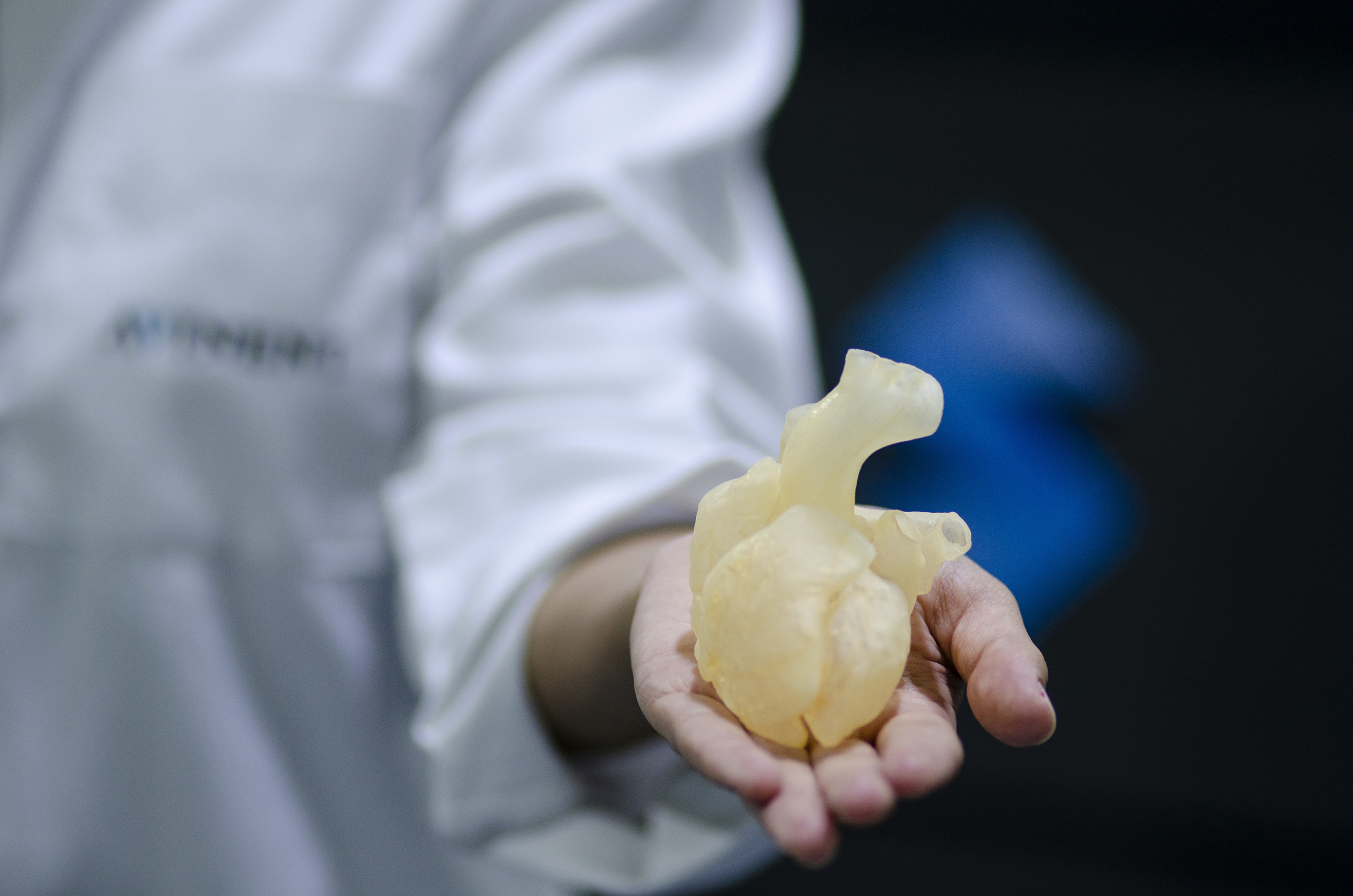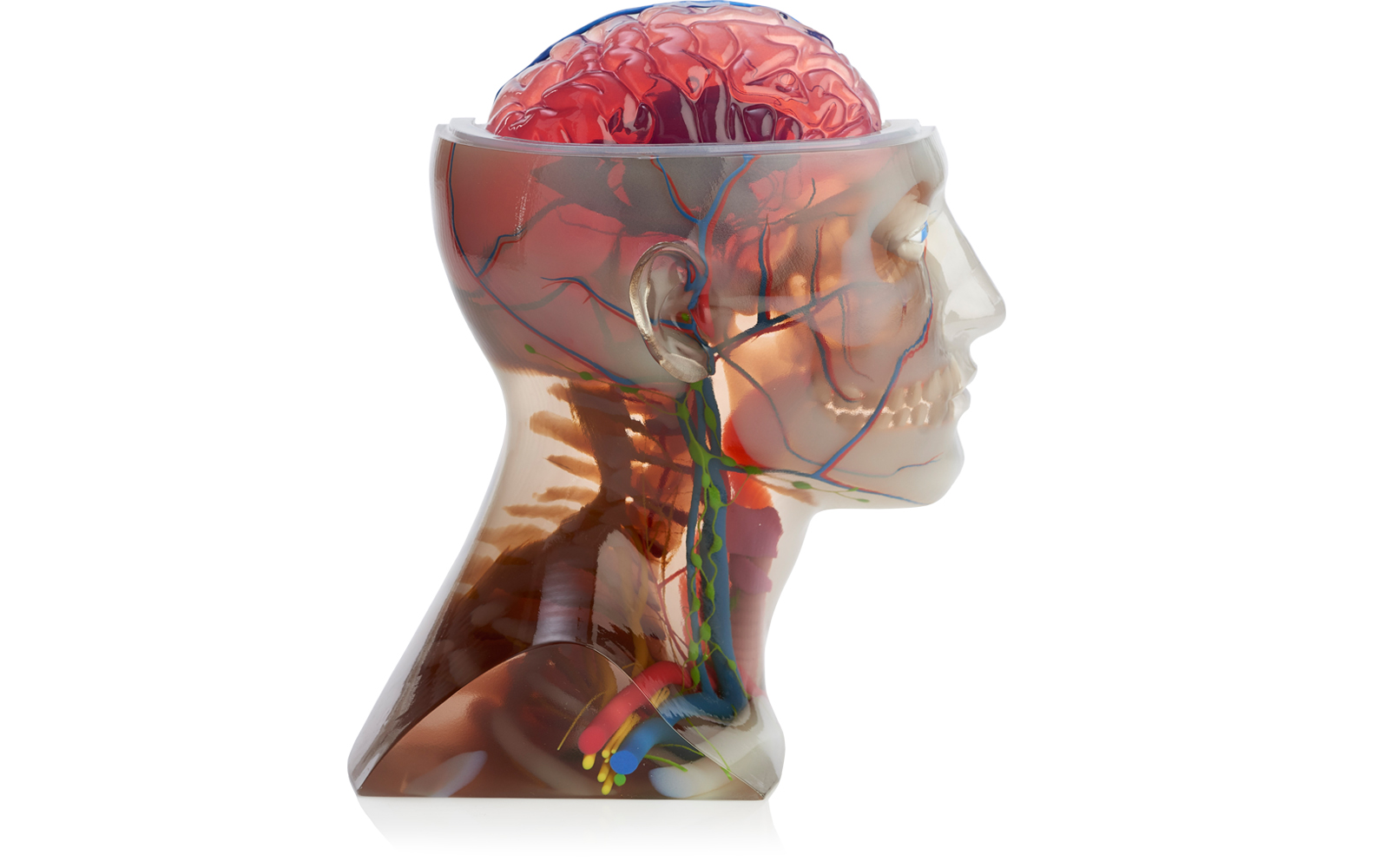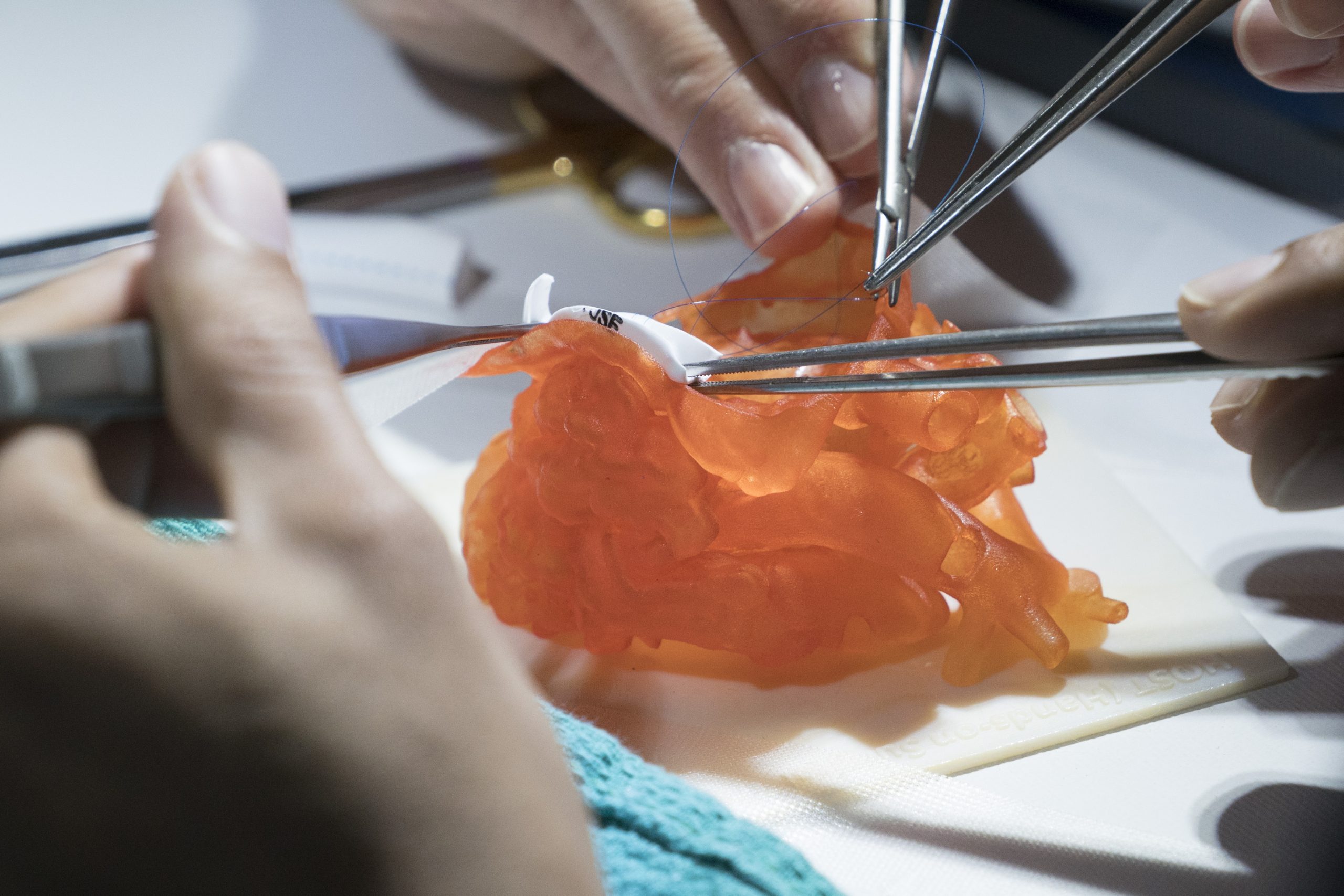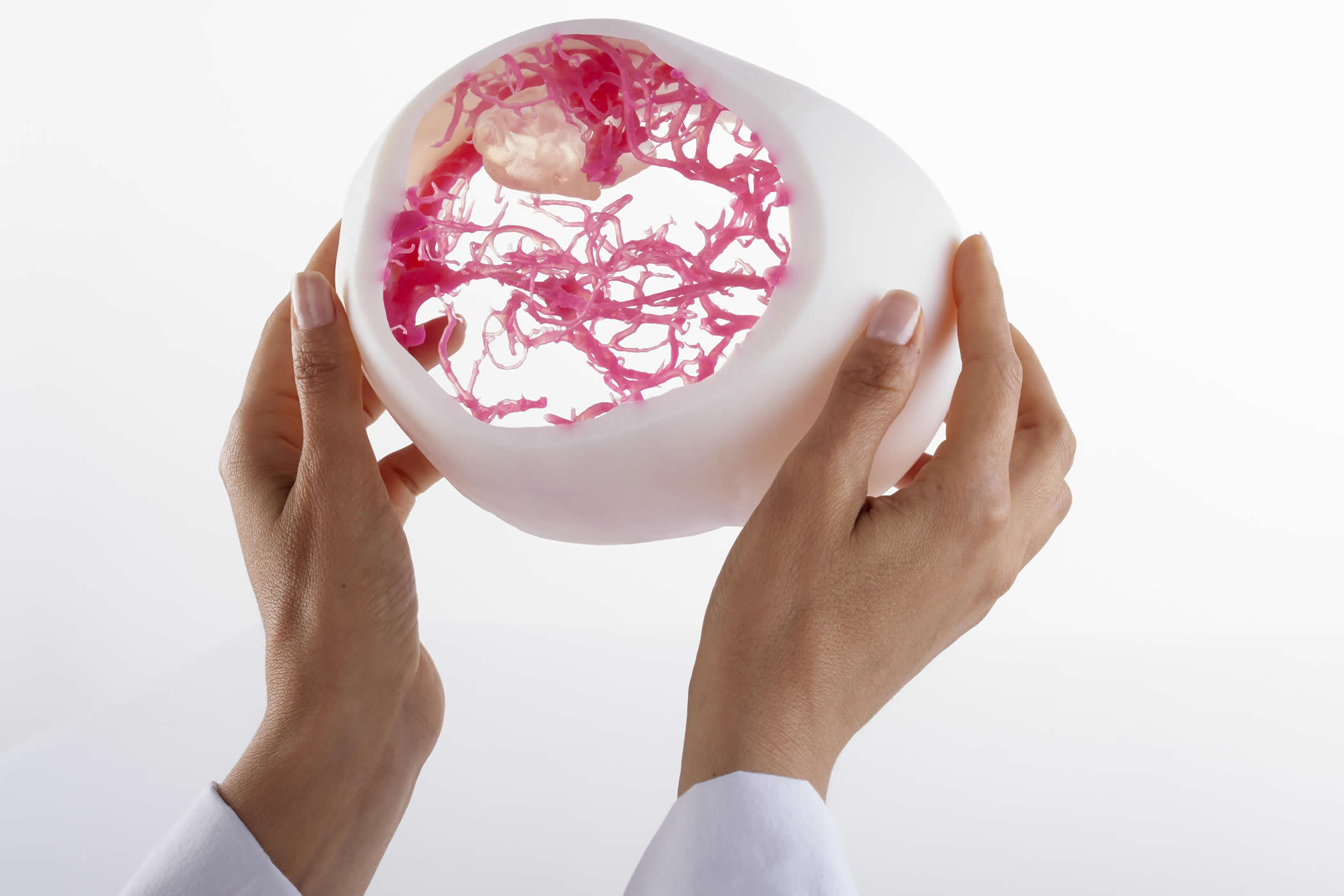
Application of 3D Printers in Medicine
It can be said that one of the things that has made progress in the field of health and medicine is the use of 3D printers.
In some hospitals, the use of 3D printers is increasing dramatically, so that with the use of this industry, surgery will be performed in less time and the patient will spend less time under anesthesia and finally, the mortality rate will be reduced.
3D Printer in Rehabilitation
Today, disabled people without limbs or with disabilities, using limbs printed by 3D printers are able to work in the completely normal levels. Parts and soft tissues of the human body are printed by 3D printers and implanted in the human body. 3D printers are used to combine cells, gelatins, fibers, polymers, ceramics and metals in damaged areas of bodies.Making Body Organs with a 3D Printer
Carlos Carvalho is the leading scientist in the field of bio printers. He was the first to be able to print the human body with graphene material by 3D printer. He published an article in this field in 1996.
It is predicted that the use of 3D printer industry in health and medicine will become very popular in the future. 3D printers can be used in all medical fields, some of which are mentioned in the following.
- Dental orthodontics
- Knee and thigh joint implants
- Skin
- bone
- Other organs of the body
- Prostheses
- Laboratory affairs
- Hearing aids
- Glasses
- Baby trachea
- Special diseases
- Wrist
- Waist
- Spinal Cord
- Skull
- Dentures
- Cartilage
- Heart valve
- All artificial body parts
- Production of educational models of body parts
Application of 3D printer technology in the medical industry
3D printer is of great help to scientists and researchers in the field of medical sciences. They can use 3D printer technology to schedule and perform experiments that were not previously possible.
It is clear that the results of the efforts of medical researchers and scientists can help cure the disease and discover ways to increase human life expectancy and improve human health. It can be said certainly that with the help of 3D printers, the present century will be a century of wonders.

Using a 3D printer to make a transparent skull
Medical researchers in university of Minnesota have created a transparent skull for mice using a 3D printer to use it to monitor the activity of the brain surface and examine how it works.
This transparent skull, also known as the See-Shell, could help provide new insights into human brain conditions such as stroke, Alzheimer’s and Parkinson’s.
What we are trying to do is to see if we can interact over long periods of time with large parts of the surface of the brain called the cerebellar cortex.
Professor at the University of Minnesota and the head of the Department of Neuroscience at the School of Medicine said.
These studies will give us new information about how the human brain works which can be very useful and effective.
This transparent skull, which is made using a 3D printer, allows us to stimulate certain parts of the brain, while observing most of the cortex during the operation process with unprecedented control and accuracy.
Previously, and only using traditional methods, scientists could only focus and study on small areas of the brain.

3D printers in medical engineering
With the help of a 3D printer, it is now possible to provide a deeper understanding of brain function. This led researchers to understand what happens in one part of the brain that affects brain function, and how do these simultaneous events affect other parts of the brain.
3D printing and medicine technology
To make the skull be transparent, the researchers scanned the surface of the mouse skull digitally in 3D. They then used digital scans to design a transparent 3D artificial skull, and designed the model to have lines similar to the original skull. Then, as 3D printers work, they printed a very accurate physical model of the skull using a 3D printer and using 3D transparent materials. Finally, during a very precise operation on the top of the mouse skull, it was replaced with a transparent skull printed by a 3D printer.
3D printing technology and medical equipment production
This transparent skull allows researchers to record brain activity at the same time as imaging the entire brain in real time. It should be noted that the cost of 3D printing of this skull is very low compared to other manufacturing methods.
Observing brain changes with unprecedented clarity using the transparent skull, the researcher of university of Minnesota has stated that:
“This skull made with a 3D printer allows us to see a large image of a large part of the working surface of the brain over time, as well as observing the smallest activity of the brain at the smallest level.”
3D printing a transparent skull with a 3D printer and showing how it works is just the beginning of what we will be able to do to develop brain research.
The benefits of 3D printing technology in medical fields
3D printing technology has been a worthy tool for the pharmaceutical sector, leading to personalized medicine focusing on the patients’ requirements. It has been advantageous in many ways, such as being cost efficient, and fast in manufacturing.
Live tissue printing is one of the most important applications of 3D printing. In this method, a living organ is made using living cells. The method of making a bio-printer is similar to the FDM 3D printing method. In fact, the material is layered using extrusion to make the final product.
One of the uses of 3D printing in medicine is to make surgeries more precise and to use a specialized guide to help doctors. After imaging, the information is analyzed by 3D software and the surgical plan is generated in 3D. Then, based on the surgical plan, a three-dimensional model related to the surgical guide is produced and the operation process is carried out quite accurately. Manual errors are minimized in this way.
Anatomy 3D printing
Another important application of 3D printing in medicine is the production of educational models of anatomy of human body. These products are preferred over past production models (with plastic injection and molding for mass production) when they can be personalized. 3D printing will have a unique and significant application in medical education.

